Redefining Self-Image with Pulmonary Hypertension
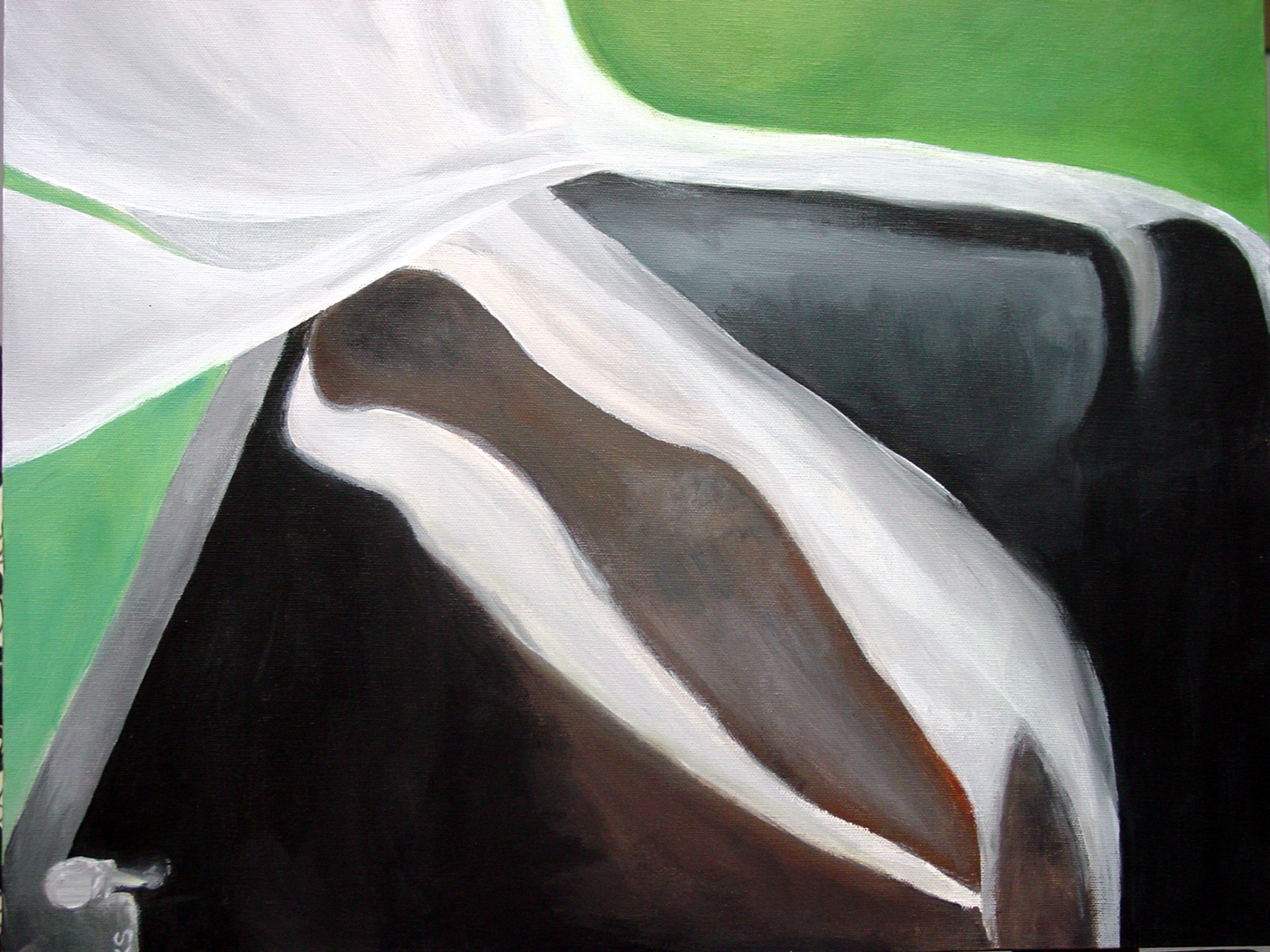
Acrylic on canvas. (Photo by Kathleen Sheffer)
The best product of my teenage angst was a series of abstract paintings titled “Attached to a Machine I through IV.” During my junior year of high school, I was particularly upset that my doctors had switched me from a tiny pump that fit into my pocket (CADD-MS3) to a tiny pump that fit in my pocket (Crono Five) with a syringe that stuck out a bit. Truly catastrophic.
The new pump meant that I could receive medication at a lower concentration and faster rate, putting an end to a series of hospital stays caused by clots that formed when my medication was accidentally stopped for too long. Each time my Broviac catheter clotted, surgeons had to replace it. The operation required general anesthesia and often came with additional complications, such as blood infections I spent weeks fighting, with caustic medication tearing through my peripheral veins.
Foolishly, I fought hard to keep my cute, pager-sized pump, only recently freed from the brick-sized pump (CADD-Legacy1) I started on in first grade. Introduced to the market by an Italian manufacturer, the Crono Five pump came in a snazzy green color. At the time, I had a Samsung flip phone with a megapixel or two, and I started taking close-up pictures of my pump, printing them out, and then painting them. The results made me more comfortable with my latest attachment and earned me an A in my high school art class.
My pump — whether it was the CADD-Legacy1, CADD-MS3, or Crono Five — gave me life. Or rather, kept me from death. Any interruption to the medication brought on nauseating symptoms of withdrawal, even in the few moments I discontinued the delivery to change out the pump, syringe, and tubing. In my more dramatic moments, I thought I shouldn’t be alive — that only a series of tubes and beeps sustained me, and that a machine defined me. Painting was a physical outlet for my rage, the brush strokes therapeutic. Abstracting the machines that administered my treatment gave me control over the image of my illness.
Now I have life because of another human being. With my tissue stitched to my donor’s and not to a tube, my life has new meaning. When I’m flying down a hill on a bike, sweaty and exhausted from the climb, I exalt for both of us. I take this healthy heart and lungs where my organ donor cannot go in death, and where I was never able to go in life with PH. In December, I traveled to the south rim of the Grand Canyon, at an elevation above 7,000 feet — my first trip post-transplant, after a lifetime limited to altitudes below 4,000 feet.
Painting allowed me to create beauty from the trials of my disease. My organ donor created beauty through the trails I’ve hiked, walls I’ve scaled, photos I’ve taken, hugs I’ve given, jokes I’ve told (I’m really funny), and the life I’ve lived because of their gift. Every impact I make builds on the impact my donor made in their selfless decision. Owing my life to another human being, rather than a pump, is a responsibility I am increasingly honored to have.
Author and hospice chaplain Kerry Egan observes that the hard things we go through define us, but that we decide how they define us. She writes in “On Living” about finding a way to let her hard thing be kind to her. My ugly syringe led me to paint, and my transplanted heart and lungs led me to write and climb rocks. I never wanted a pump, or a disease, for that matter, and I never wanted a transplant. I often wish I had a normal childhood or could hope for a normal future, whatever that means. But at the same time, I wouldn’t want to miss out on the (sometimes fuzzy and abstract) beauty that defines my abnormal life.
***
Note: Pulmonary Hypertension News is strictly a news and information website about the disease. It does not provide medical advice, diagnosis, or treatment. This content is not intended to be a substitute for professional medical advice, diagnosis, or treatment. Always seek the advice of your physician or other qualified health provider with any questions you may have regarding a medical condition. Never disregard professional medical advice or delay in seeking it because of something you have read on this website. The opinions expressed in this column are not those of Pulmonary Hypertension News or its parent company, Bionews Services, and are intended to spark discussion about issues pertaining to pulmonary hypertension.




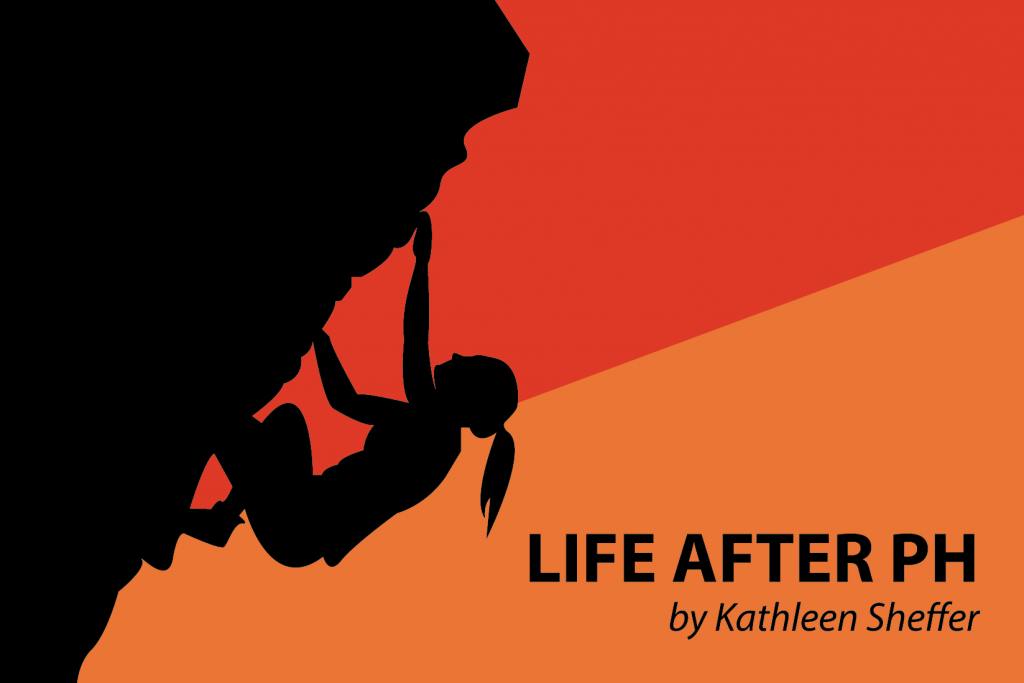
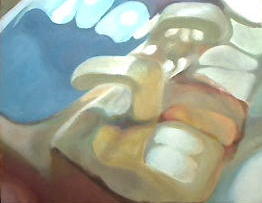
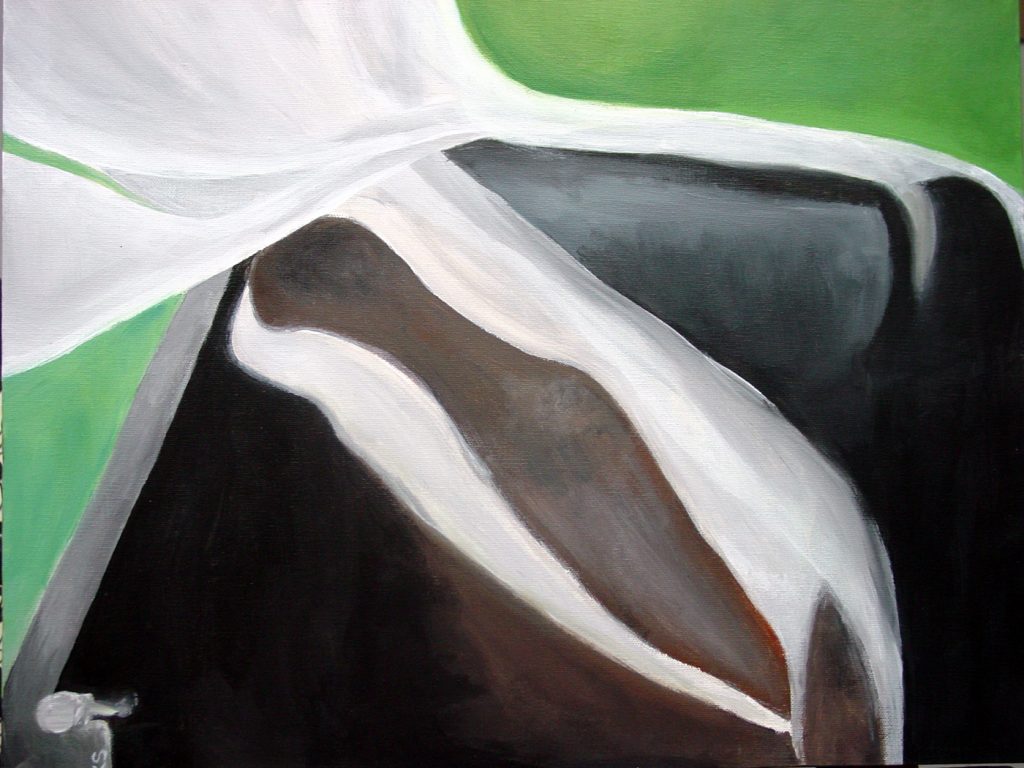
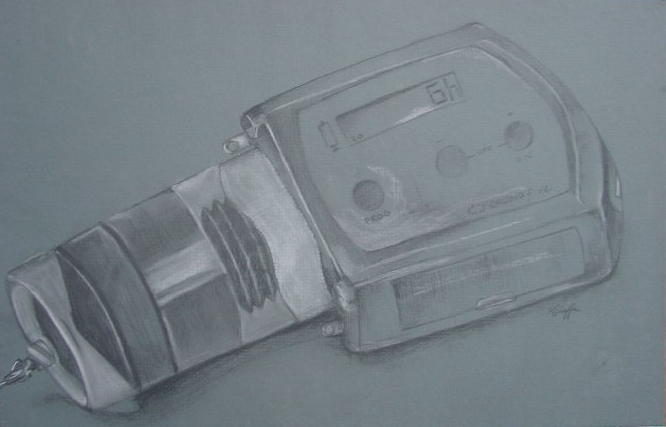





Leave a comment
Fill in the required fields to post. Your email address will not be published.